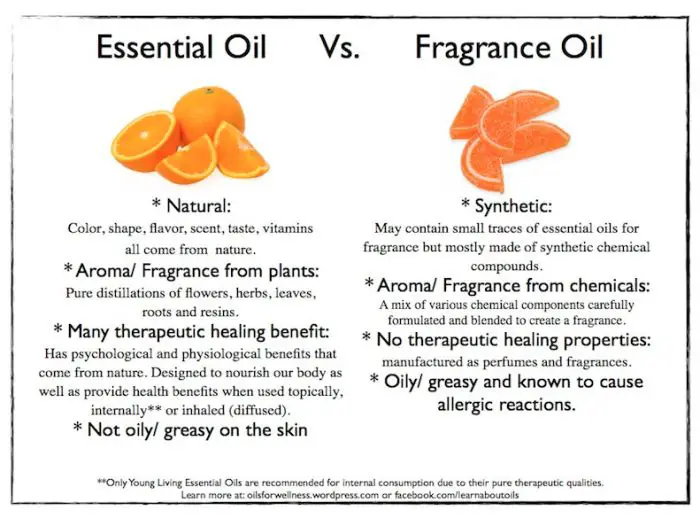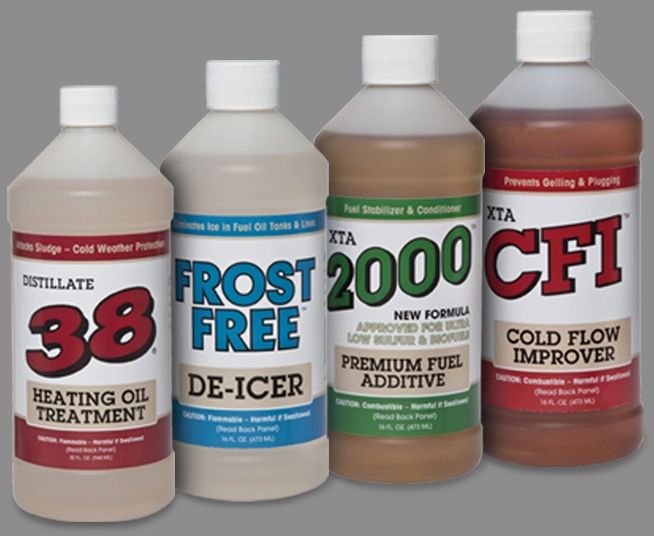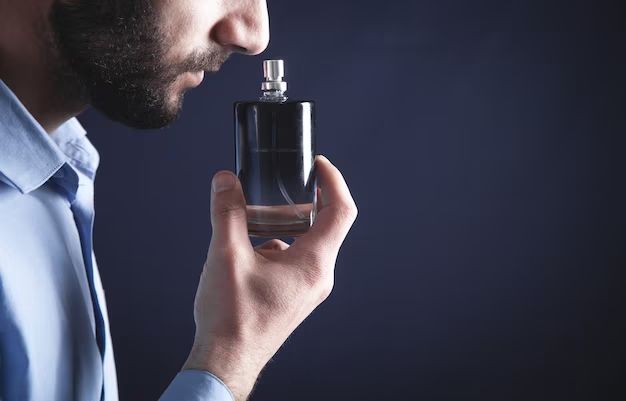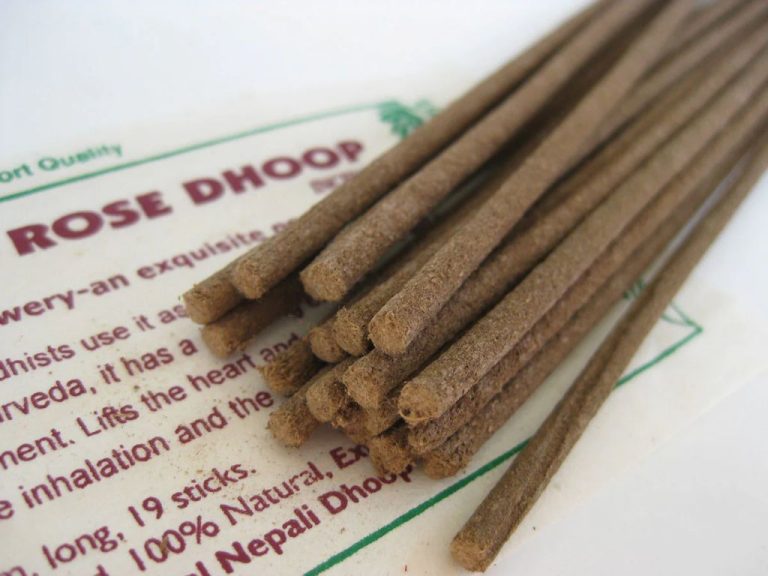Do You Use Fragrance Oils Or Essential Oils For Candles?
Fragrance oils and essential oils are both commonly used in candlemaking, but they have key differences. Fragrance oils are synthetic aromas that are created in a lab to mimic natural scents like fruits, flowers, and spices. They are artificially created scents made from a combination of chemical compounds. Essential oils, on the other hand, are extracted directly from plants through methods like steam distillation or cold pressing. They contain the true aromatic compounds found naturally in plants. While both can be used to scent candles, they have advantages and disadvantages that impact performance, safety, and cost.
Fragrance Oils
Fragrance oils, also known as aromatic oils, are synthetic oils that are used to provide fragrance in products like candles, perfumes, soaps, and cosmetics [1]. They are created in labs by combining aromatic chemicals to replicate natural scents or create entirely new ones.
Some common fragrance oil scents include [2]:
- Floral – rose, jasmine, lavender
- Fruity – strawberry, peach, mango
- Woody – sandalwood, cedarwood, pine
- Spices – vanilla, cinnamon, clove
Fragrance oils allow candle makers to customize scents and achieve consistency across production batches. They also allow more flexibility and control over scent compared to natural essential oils.
Essential Oils
Essential oils are concentrated extracts derived from plants like herbs, flowers, and trees. They contain the natural smell, flavors, and therapeutic properties of the plant source (1). Common extraction methods include steam distillation, expression, enfleurage, maceration, and solvent extraction (2). Some of the most popular essential oils and their natural scents include:
- Lavender – Floral, herbaceous
- Peppermint – Minty, fresh
- Tea Tree – Herbaceous, medicinal
- Eucalyptus – Cool, minty
- Lemon – Citrusy, tart
- Rosemary – Herbal, pine
Since essential oils retain the natural properties of their source, they are used in aromatherapy for their health benefits. However, some essential oils can cause irritation when applied directly to the skin, so they are often diluted with carrier oils. When inhaled, some essential oils may promote relaxation, energy, or other therapeutic effects (3).
(1) https://en.wikipedia.org/wiki/Essential_oil
(2) https://www.newdirectionsaromatics.com/blog/articles/how-essential-oils-are-made.html
(3) https://agritech.tnau.ac.in/horticulture/extraction_methods_natural_essential_oil.pdf
Fragrance Oils vs. Essential Oils

Fragrance oils and essential oils both impart scent, but have some key differences in terms of origin, composition, and scent longevity.
Fragrance oils are synthetic scents created in a lab to mimic natural fragrances. They are made from chemicals and do not contain any actual botanical material. Fragrance oils are designed to be less expensive, longer lasting, and consistent in scent compared to essential oils (https://www.fragrancex.com/blog/fragrance-oils-vs-essential-oils/).
Essential oils, on the other hand, are extracted directly from plants through methods like steam distillation or cold pressing. They contain the true essence and aroma of the plant they are derived from. The scent can vary based on factors like where they plants were grown (https://chez-pierre.com/blog/fragrance-oils-vs-essential-oils).
In terms of longevity, fragrance oils tend to last longer than essential oils. The average shelf life of a fragrance oil is 6-12 months, while essential oils can last anywhere from 2-15 years when stored properly (https://africaimports.com/essential-oils-vs-fragrance-oils-whats-the-difference).
Using Fragrance Oils in Candles
Fragrance oils provide many benefits when used in candle making:
- Wide variety of scents available like fruits, florals, baked goods, musk, etc. (Source)
- Typically inexpensive compared to essential oils
- Fragrance oils are formulated to pair well with wax and burn nicely
- Can be blended together to create custom scents
- Strong scents that smell great when burning
Some drawbacks of fragrance oils include:
- Synthetic ingredients, not all natural
- May contain phthalates or other chemicals (Source)
- Some people prefer natural essential oil scents
Recommended usage rates for fragrance oils in candles is typically 6-10%. Always test at lower percentages first like 3-5% to avoid scent throw issues.
Using Essential Oils in Candles
Essential oils can add wonderful natural scents to candles, but they come with some benefits and drawbacks to consider.
Some key benefits of using essential oils in candles include:
- Pure and natural aromas – Essential oils capture the true scent of plants, flowers, herbs, etc. This makes for authentic, pleasing fragrances.
- Health benefits – Some essential oils like lavender, chamomile, and eucalyptus have calming or invigorating effects when inhaled.
- Customization – Blending different essential oils allows for unique scent combinations.
However, there are some challenges with essential oils to keep in mind:
- Higher cost – Essential oils are much more expensive than synthetic fragrance oils. This increases candle production costs.
- Lower scent throw – The natural fragrances from essential oils are more subtle and don’t fill a room as effectively as fragrance oils.
- Sooting – Some essential oils like pine and spruce can cause more sooting when burned.
- Availability – Not all scents are available as essential oils.
Most experts recommend keeping essential oil usage below 3-5% of your wax volume. Going above 5% can increase risks like sooting. It’s also smart to test essential oil candles first before full production runs. Essential oils add wonderful purity and appeal to candles, but require some extra care (Source).
Blending Fragrance and Essential Oils
When blending fragrance oils and essential oils for candles, it helps to follow some tips for creating appealing scent combinations. Some key tips include:
Start with a base note. This is the strongest scent that will anchor the blend. Good base note options include sandalwood, vanilla, and patchouli (Source).
Add a middle note next. This rounds out the scent and makes it more complex. Floral options like jasmine and rose work well (Source).
Finish with a top note. These lighter scents add a final flourish. Citrus oils like lemon and grapefruit make great top notes.
Some classic scent combinations include sandalwood + vanilla + bergamot and clove + orange blossom + vervain. Let your creativity guide you and don’t be afraid to experiment!
Always test your custom blends before fully committing to them. The component oils may react differently when combined compared to how they smell individually.
Testing and Safety
Testing fragrance and essential oils is critical to ensure safe and high-quality candles. Improperly tested oils can lead to issues like poor scent throw, sooting, or even dangerous flash points in the wax.
Always test oils on a small batch first before scaling up production. Test different wick types, wax blends, and fragrance load percentages to find the optimal combination for performance and safety (source). Monitor for scent throw, hot and cold scent throw, and sooting.
Never exceed the recommended usage rate for oils, usually 5-10%. Excessive fragrance load can lead to safety issues. Always check flash points and carefully review safety data sheets. Properly wick candles to ensure the wax pool reaches the ideal temperature for fragrance release without overheating (source).
Adhere to candlemaking industry safety standards. Work in a well-ventilated area, avoid open flames when pouring wax, and follow fire safety protocols. With careful testing and safe practices, you can create candles with optimal fragrance using oils.
Cost Comparison
Fragrance oils are generally much less expensive than essential oils. This is because fragrance oils are synthetic and can be produced in high volumes at a lower cost, while essential oils are derived from natural plant sources and require more intensive processes to extract the oils. According to sources, a typical 5ml bottle of essential oil can cost $200-$250, while a comparable amount of fragrance oil may only cost $5-10 (https://www.scenteddesigns.com/blogs/scented-candles/fragrances-oils-vs-essential-oils).
When formulating candles, using 100% essential oils can significantly increase the cost compared to using fragrance oils or a blend. For candle makers on a budget, fragrance oils provide a more affordable option to achieve the desired scents. However, for luxury or high-end candles, some makers prefer using pure essential oils despite the higher material costs. Ultimately, cost considerations should be balanced with factors like scent quality, performance, and marketing when selecting fragrance oils versus essential oils for candle making.
Summary
When deciding between fragrance oils and essential oils for candle making, there are a few key factors to consider:
- Fragrance oils are synthetic oil-based scents designed specifically for candle making. They offer consistent scent, stronger aroma, and lower cost compared to essential oils.
- Essential oils are natural plant-based oils that provide authentic aromatherapy benefits. However, they are more expensive and can produce a weaker scent in candles.
- For the strongest candle fragrance, fragrance oils are the best option. If you prefer natural ingredients or aromatherapy benefits, choose essential oils.
- You can also blend fragrance and essential oils together in various ratios to achieve your desired candle scent and aromatherapy properties.
- Always test oils for safety and performance before fully committing to any candle recipe.
The choice between fragrance oils and essential oils depends on your priority – stronger scent, natural ingredients, aromatherapy benefits, or budget. Consider your needs and experiment with different options to find your perfect candle fragrance blend.




